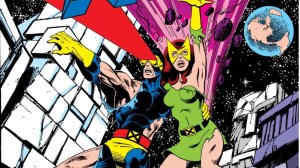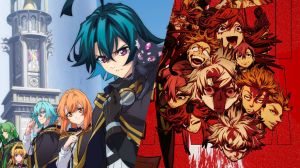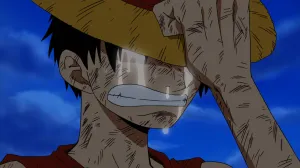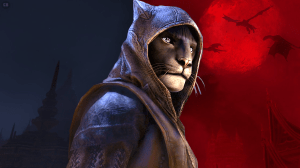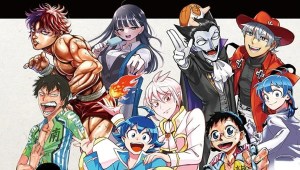The X-Men have become one of Marvel’s most popular group of superheroes. Of course, it wasn’t always this way. The X-Men weren’t exactly Silver Age Marvel’s most popular team, and it wouldn’t be until the mid ’70s that the team would become a big deal. From there, the X-Men were easily the most popular group of superheroes in the entire comic industry for many years. The X-Men boasted the best artists and writers, and their popularity in comics led them to TV and beyond. The X-Men became massively popular within the general pop culture, but the comics have always been their true home.
Videos by ComicBook.com
Over the years, X-Men comics have had their share of problems, but all of the things that fans love about the X-Men came from the comics. The X-Men have a huge history, one of the most convoluted in comics honestly, and there are some things over the years that have kept readers coming back despite some of the craziness. These ten runs, ideas, and stories are the best part of the X-Men comics, and have allowed them to become the cultural phenomenon they are today.
10) The Best Artists in Comics
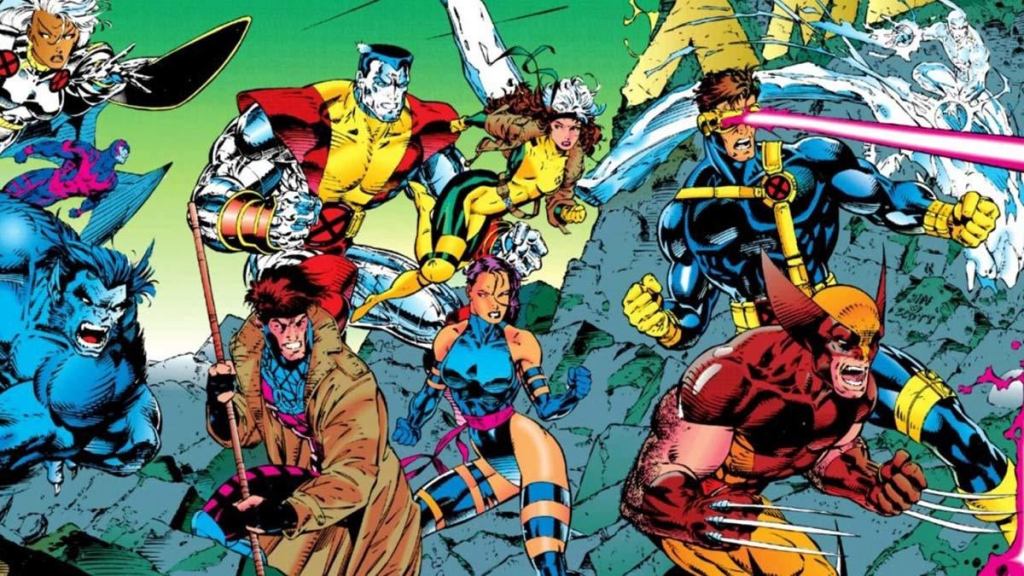
While writing has always been an important part of the success of the X-Men, one can’t downplay the role that artists played in the history of the X-Men. The team was co-created by Jack Kirby, one of the greatest artists in the history of the medium. Neal Adams came on the book for a short but memorable stint. Dave Cockrum helped create Ginat-Size X-Men #1, and co-plotted the book with Chris Claremont. John Byrne came next, and from there, Uncanny X-Men would boast the greatest artists at Marvel: Paul Smith, John Romita Jr., Rick Leonardi, Barry Windsor-Smith, Marc Silvestri, Whilce Potracio, and Jim Lee.That’s an amazing run of artists, and that’s before we get to all of the greats who worked on the book since the ’90s, names like Andy Kubert, Adam Kubert, Joe Madureira, Carlos Pacheco, Chris Bachalo, Ian Churchill, Leinil Yu, Frank Quitely, Salvador Larocca, Phil Jimenez, John Cassaday, Billy Tan, Terry Dodson, and many, many more. Great art has helped the X-Men become one of comics’ most beloved teams, playing a crucial role in the success of the book.
9) The Age of Apocalypse

The X-Men in the ’90s had one of their most successful decades, although the books weren’t always perfect from a critical standpoint. However, towards the end of 1994, fans would start hearing rumblings about Marvel cancelling the X-Men titles. This news set the fandom on fire, and it would lead to one of the most well-known stories of the ’90s: The Age of Apocalypse. The Age of Apocalypse spun out of “Legion Quest”, where Legion accidentally killed his father Charles Xavier in the past. This led to an entirely different Marvel Universe, one where Apocalypse ruled North and South America, with humanity fighting a doomed war against him. The X-Men books were cancelled and relaunched as new versions set in this alternate universe, and readers got a 40-part story that is still legendary to this day. ’90s X-Men comics didn’t always have the best writing, but the ideas behind The Age of Apocalypse showed that if you let the writing corps loose on a new idea, they would thrive. Marvel has tried to go back to The Age of Apocalypse well multiple times over the years, and they’ve never been able to recapture the success of this classic story.
8) Cyclops Becoming the Leader of Mutantkind After House of M
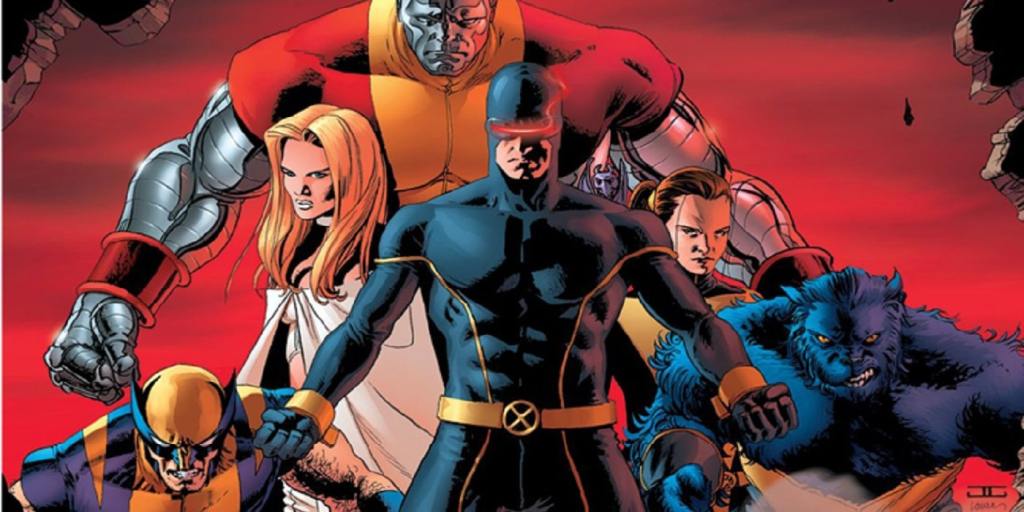
Cyclops was the leader of the X-Men almost from the start, before leaving the team in the mid ’80s, after the death of Jean Grey. He’d return to the team in 1991 and has been one of the leaders of the X-Men ever since. However, after the depowering of the mutant race in 2005’s House of M, Cyclops was given leadership over the pitiful remnants of the entire mutant race. What followed was Cyclops’s greatest character growth. For years, Cyclops was the boring, straight-laced leader, but after House of M, all of that changed. With the fate of mutantkind at stake, and with the help of Emma Frost (a much better partner for him than Jean), Cyclops became much more militant than he was before. This Cyclops was through with playing by the rules, and was ready to do things he never would have done before to make sure his people survived. This was such an amazing time for Cyclops; even people that had hated the boy scout Cyclops of the past grew fond of the character. Cyclops proved that he was the best leader in the Marvel Universe and it took a character that not everyone liked to the next level.
7) “The Dark Phoenix Saga”
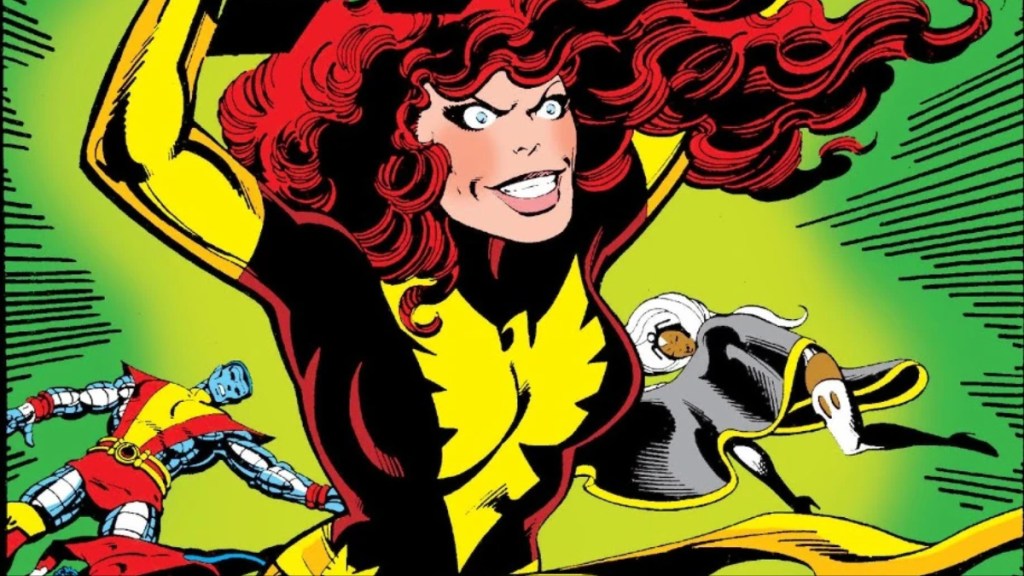
“The Dark Phoenix Saga” is the greatest Marvel story ever, and it changed the X-Men forever. It was the pay off to a story that has been building since Uncanny X-Men #101, as Jean Grey learned to live with the power of the Phoenix. “The Dark Phoenix Saga”. running through Uncanny X-Men #129-138 by Chris Claremont and John Byrne, gave readers something that is the perfect X-Men story. It used the relationships between the characters to build its story; it’s not about the X-Men trying to defeat the Dark Phoenix, it’s about the X-Men trying to save their best friend from herself. The writing and art are perfect, and it was an epic unlike anything that had come before in X-Men history. It gave readers the X-Men as cosmic epic, taking the bedrock of the team and using it to inform its plot. “The Dark Phoenix Saga” is something special, and it’s become the gold standard of X-Men stories. Readers in 1980 picked up this story and it was so good, it made them keep buying the book, all to see if it could ever reach these heights again.
6) The 1991 Reboot
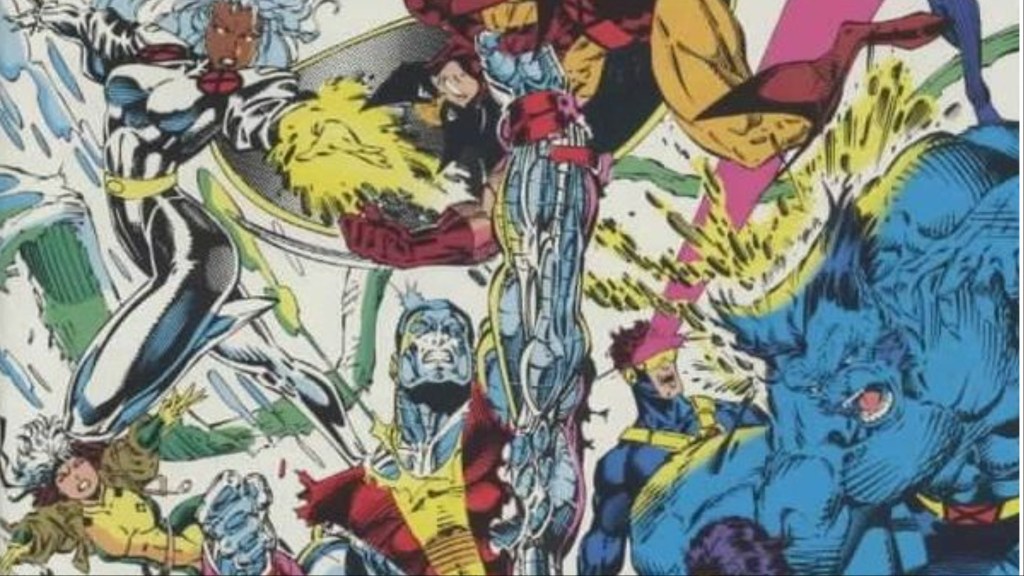
1991 was a huge year in X-Men history. Writer Chris Claremont was leaving Uncanny X-Men, leaving the X-Men behind because Marvel editorial was downplaying his ideas for those of artists like Jim Lee. A second X-Men book was dropping, the adjectiveless X-Men (Vol. 2). New Mutants was ending, and X-Force was born. Wolverine and X-Factor were going in new directions. Marvel gave the entire line a soft reboot at just the right time, and a whole new generation of fans would give the books a chance. The proof was in the pudding; X-Men and X-Force sold millions of copies, and the X-Men became huge at a level they never were before. The 1991 reboot didn’t completely remake the wheel, unlike some later X-Men reboots would in the future, but it gave readers a fresh beginning to jump on and it worked like gangbusters. If you grew up watching X-Men: The Animated Series or enjoyed X-Men ’97, you have the 1991 X-Men reboot to thank.
5) Wolverine’s Popularity
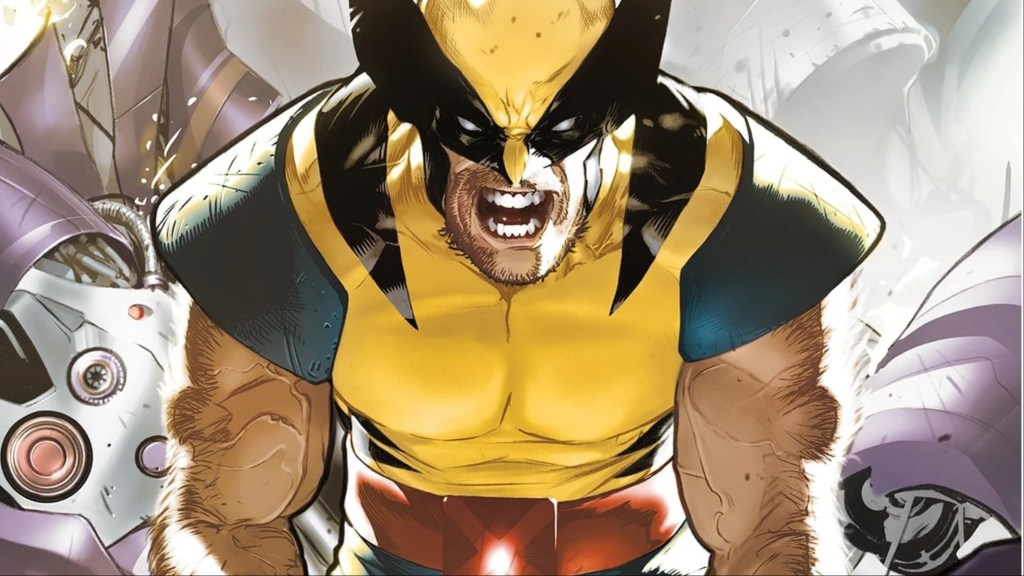
Wolverine is the best there is at what he does, and what he does is sell a lot of X-Men books. Wolverine’s popularity was probably one of the most important things to happen in the early years of the X-Men’s existence; this mouthy anti-hero really appealed to the youth of the day. Writer Chris Claremont did an amazing job with Wolverine, making him into a compelling and complicated character. Nowadays, a lot of X-Men fans kind of hate Wolverine because he takes the spotlight from characters they like more. However, without Wolverine, it’s doubtful that the X-Men would have become as popular as they did. Wolverine was the first X-Man to get their own solo book, as well as the only one who can always have one that sells well. He’s the most well-known member of the team, and has joined the ranks of the most popular superheroes of all-time.
4) The Krakoa Era

The 2010s started well for X-Men fans, but would take an unfortunate turn as the decade went on. Marvel lacked the film rights to the X-Men and that made them push them to the backburner, as the MCU related characters became the most important part of the publisher in an effort to actually get movie fans to read comics (something that didn’t work nearly as well as Marvel wanted it to). The publisher pushed the Inhumans into the X-Men’s position and the team was shoved into its own little corner of things. However, Marvel parent company Disney would purchase 20th Century Fox, and Marvel would regain the film rights to the X-Men by 2019. This led to the Krakoa Era. Marvel got writer Jonathan Hickman to write the X-Men and what followed was a blockbuster like Marvel hadn’t experienced for years. The Krakoa Era were a huge shot in the arm for the X-Men, and it became the talk of the comic industry. The departure of Hickman and Marvel’s insistence on stretching the story out destroyed fan esteem in the Krakoa Era, but it can’t be denied that it was hugely important to the X-Men’s history and a landmark moment for the team and Marvel.
3) Grant Morrison’s Tenure on New X-Men

While I like the end of ’90s for the X-Men (the runs by Joe Kelly and Steve Seagle followed by Alan Davis doing both books were better than they get credit for), the X-Men books weren’t nearly as popular as they were in the earlier years of the decade. 2000 saw Chris Claremont to return to the X-Men for a short run that disappointed readers. Joe Quesada became editor of Marvel later in the year, and he made the X-Men and Spider-Man his top priority. Writer Grant Morrison had just came to Marvel after years at DC, and Quesada put them and their frequent artistic collaborator Frank Quitely on the X-Men. The two of them lauched New X-Men, a book that many consider the best X-Men comic of the 21st century. Morrison took many of the classic X-Men tropes, like the Phoenix Force, the school, Weapon X, the Shi’Ar, and Magneto, and found new ways to use them. Morrison gave people some amazing X-Men stories, and helped reinvigorate the team. New X-Men was brilliant, and the only problem with the book (a lot of people don’t like the Magneto plot, but I feel like those people didn’t understand what Morrison was trying to say about hate and its price) was that Marvel editorial fights took Morrison off the book before they had told the full story they meant to tell.
2) Giant-Size X-Men #1
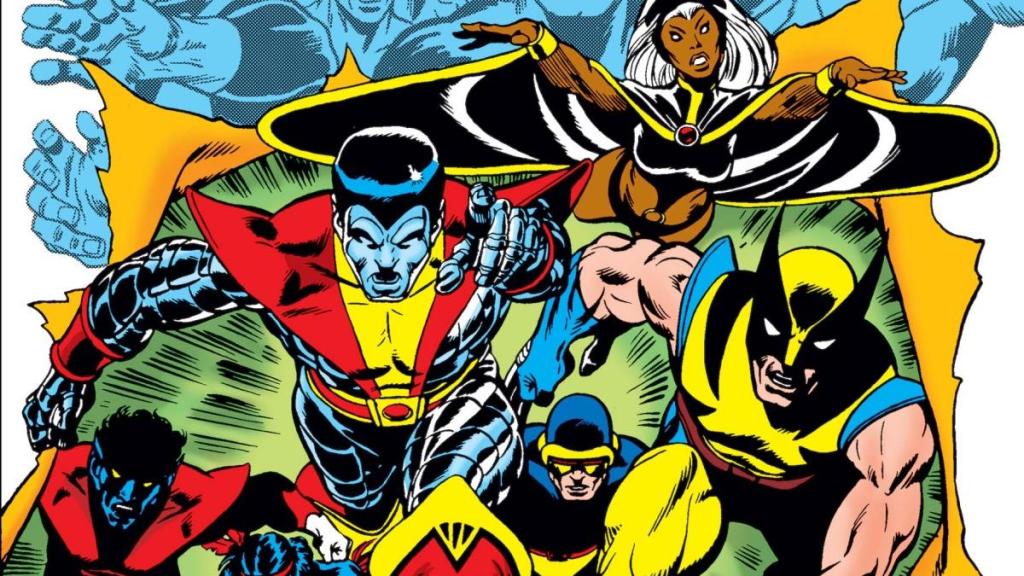
If there was no Giant-Size X-Men #1, we wouldn’t have the X-Men and that’s all there is to it. X-Men had been a reprint book since issue #67; Giant-Size X-Men #1 was Marvel’s Hail Mary attempt to make the X-Men popular and it worked perfectly. Writer Len Wein and artist Dave Cockrum introduced readers to an all-new X-Men team, and gave them the perfect first mission, sending them to the mutant island of Krakoa to save the original team. This single issue of the X-Men laid the foundation for everything that came after it. It introduced three characters that would be come legends in Storm, Nightcrawler, and Colossus and brought Wolverine to the team, four ingredients that wold make the X-Men into a sales titan. It kicked off a whole new era of the X-Men, making all of the success that would come later possible.
1) Chris Claremont Becoming the Writer of the X-Men
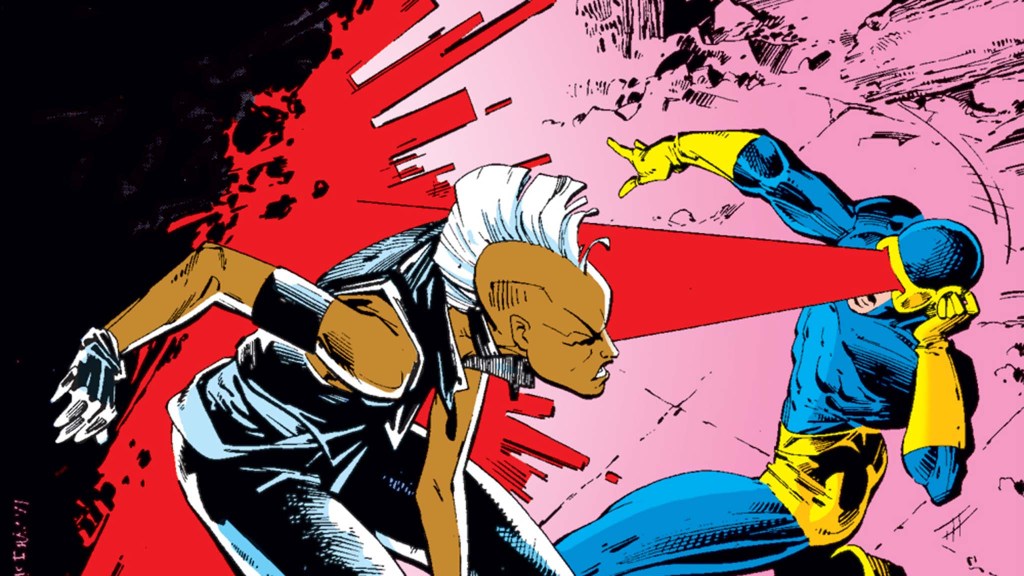
The most important part of the success of the X-Men would join the team with their first new issue in years, X-Men (Vol. 1) #94. Writer Chris Claremont took the team that Wein and Cockrum had brought together and ran with them. Chris Claremont is one of comics’ most revolutionary writers, and he made the X-Men into the marquee team they are today. Claremont was able to create a perfect superhero soap opera with the X-Men, building the characters and their relationship expertly, while also throwing them into the kind of wild situations that you could only get from superhero comics. Giant-Size X-Men #1 got the ball rolling, but Claremont was the one to keep it rolling, creating nearly every major idea that people would associate with the X-Men. Claremont wrote the team for 17 years in his first go, and has returned to the team numerous times over the years. Claremont made the X-Men into legends, and wrote many of the greatest X-Men stories ever.
What are your favorite parts of the X-Men comics? Sound off in the comments below.

